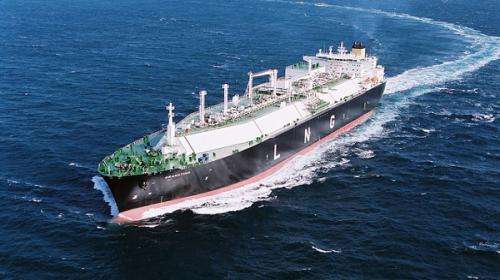Study defines gas potential into the future

The world has enough natural gas to last nearly 400 years at the current rate of consumption or 110 years if production increases at a rate of two per cent a year, according to a Curtin University study.
But more than three-quarters of the gas is in unconventional reserves, nearly all of which must be hydraulically fractured to reach commercial production levels.
Curtin University adjunct research fellow Roberto F. Aguilera says much of the world's natural gas – both conventional and unconventional – is located in Australia.
"It's that conventional gas that is likely to make Australia the biggest LNG exporter in the world, maybe by the end of the decade," he says.
"With regards to unconventional gas also there are pretty significant quantities of tight gas and shale gas in WA and coal seam gas in the east."
Dr Aguilera says the market share of primary energy supplies taken up by natural gas has increased and is likely to continue to rise.
He says economic analysis undertaken in the study shows the cost of producing unconventional gas is the same or less than conventional gas in many cases.
The research is due to be published in June in the journal Fuel.
Dr Aguilera says natural gas results in fewer emissions than oil and coal and could eventually serve as a transition fuel to non-carbon sources.
But he says there are concerns about the environmental effects of hydraulic fracturing.
"Some of the concerns with unconventional gas development are methane leaking from the wells during the production process," Dr Aguilera says.
"Also there's several concerns about hydraulic fracturing and how the fluids employed in the fracturing process could escape from the well and go in to contaminate ground water.
"Also some concerns about the unsustainable use of the freshwater needed for the hydraulic fracturing process."
Dr Aguilera says it has been shown that hydraulic fracturing can be done safely if governments set up strict rules and companies follow them.
"That would be necessary for unconventional gas development," he says.
"If that happens, of course gas could take increased market share in the energy market, which brings the environmental benefits relative to the other fossil fuels."
Dr Aguilera says tight and shale gas production is in the very early stages of development in Australia.
"There's virtually no commercial production yet but I know there are a handful of companies working on this and government incentives as well to develop the unconventional gas," he says.
More information: Roberto F. Aguilera, Ronald D. Ripple, Roberto Aguilera, "Link between endowments, economics and environment in conventional and unconventional gas reservoirs," Fuel, Volume 126, 15 June 2014, Pages 224-238, ISSN 0016-2361, dx.doi.org/10.1016/j.fuel.2014.02.063.
Provided by Science Network WA


















